
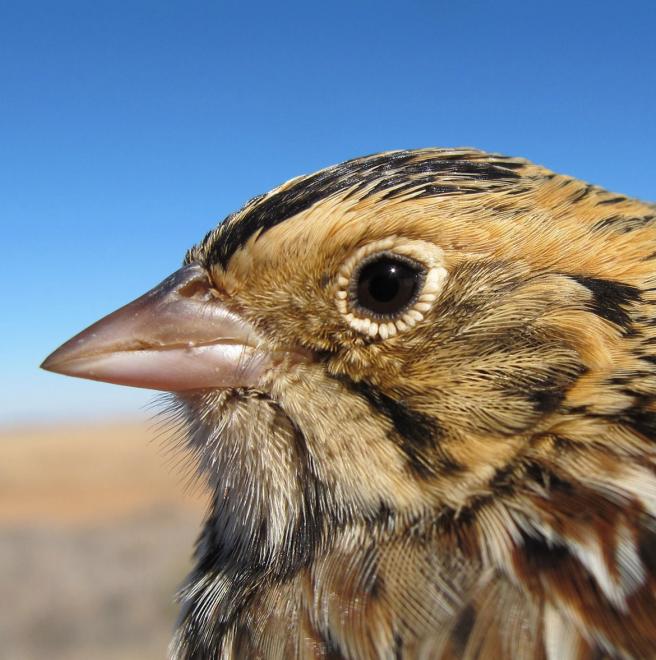
By 2080, this grassland bird is expected to lose 100 percent of its current summer range and 22 percent of its winter range, according to Audubon’s climate model. It remains to be seen if the bird possesses the behavioral and genetic plasticity to adapt to the coming changes.
This small, brown-streaked songbird is somewhat nomadic. It is adapted to grassland habitats that have always varied from year to year, owing to the effects of drought, rain, fire, and herds of grazing animals. It forages for insects and seeds among grasses, and nests on the ground, scratching out little hollows in the earth and lining them with grasses, stems, and roots in preparation for its clutch of speckled eggs. A migratory bird, the Baird’s Sparrow winters in north-central Mexico and parts of the southwestern United States, and summers in south-central Canada and the north-central United States. The prairie lands it breeds in are vanishing due to farming, invasive plants, and fire suppression.
Explore more birds threatened by climate change around the country.

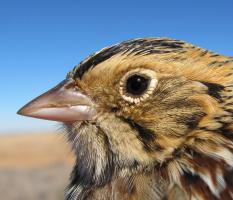


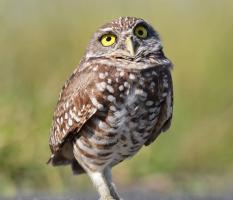
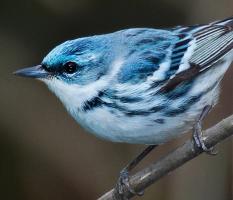

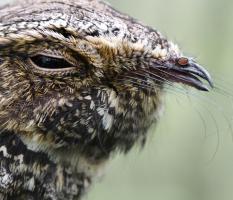
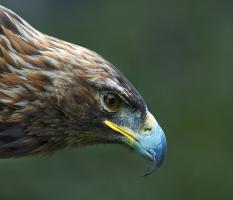
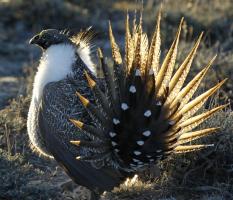
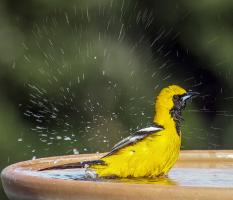
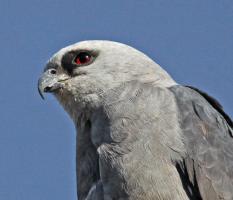
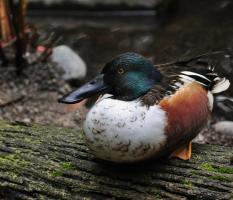
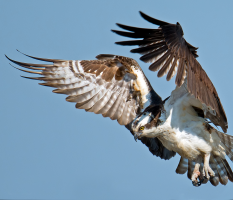
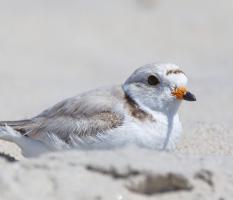
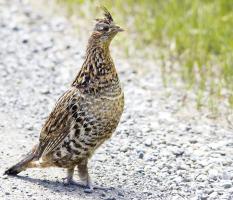
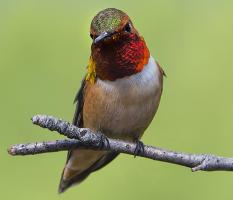

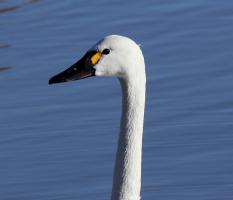
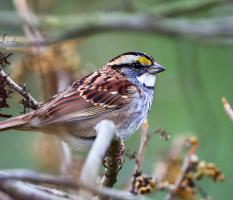
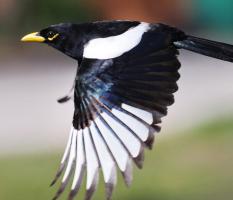
It's easier than you think to make a difference. Become an Audubon member today to help birds facing climate change.